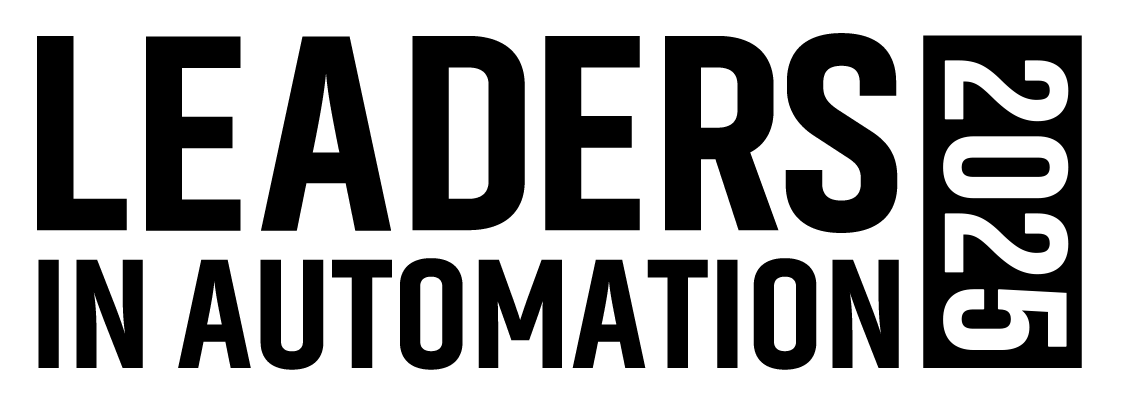Pokayoke is a lean manufacturing technique by which mistake-proofing devices are used to keep errors from turning into defects. Tom Rosenberg, industry manager at sensor manufacturer Balluff Inc., in Florence, Ky., defines the term further as a system “that is always checking. It’s making sure the part is manufactured correctly before proceeding to the next stage of manufacture.”
Sensors such as proximity switches, limit switches and various photoelectric devices have been used for many years as part of programmable logic controller (PLC)-based systems. Their role in these systems was typically to send a one-bit signal to the PLC indicating whether or not a part was present at the station.
In pace with advances in electronics with shrinking size and cost, sensors have added intelligence and connectivity. These new capabilities have engineers searching for uses not even dreamed of a few years ago.
What if you had a sensor small enough and inexpensive enough that you could place a bunch of them in a progressive stamping press die? Then, instead of just reporting the presence of a part, it could report if certain characteristics of the part were correct after the hit. It could prevent a second hit of the press if the part was not positioned correctly, preventing the destruction of a die worth many thousands of dollars. It could also prevent continuation of the process if a part was not made correctly. In pokayoke theory there exists a practice of a person pulling a “stop-the-process” cord when an error is discovered. Production then does not start again until the problem is solved, thereby avoiding wasted production time and destroyed materials.
A Tier One automotive supplier found a Pokayoke solution using color sensors in its manufacturing processes. Collins & Aikman (C&A), with corporate offices in Troy, Mich., provides carpet sets to several major automotive manufacturers. These carpet sets, manufactured in its Greenville, S.C., Old Fort, N.C. and Farmville, N.C., locations, are made up of high quality carpet material and as many as four vinyl wear pads, added to increase the durability of the carpet sets. Each of these sets is available in carefully selected colors, with all elements, carpet and padding, matching detailed customer specifications.
Recently Collins & Aikman, as part of its continuing quality improvement program, resolved to migrate color matching from a manual to a fully automated process. The benefits of the process enhancement were to assure color match quality from sample to sample, and to eliminate mistakes in color matching due to human error.
The drastically different types of materials being compared led to significant challenges for C&A Process Engineer Ted Manning and Balluff Photoelectric Specialist Roger Altendorf. They determined that color sensors using fiber optic technology would fail due to inadequate separation of sensor lenses. Contrast sensors would also fail due to their inability to read colors off the carpet texture. One of the major problems in reading true carpet color is, due to handling, the nap or pile can lay differently from one piece of carpet to the next, changing its perceived color.
“The trick in this application was to accurately read and match color from two completely different materials,” Altendorf reports. “Different textures, materials and nap angles dramatically complicated the problem, with the carpet material tending to display variable hue.”
The engineers determined that Balluff had a programmable color sensor that could solve the problem. In the application, up to four Balluff sensors were used to read the vinyl pads and two more to read the carpet. The BFS 26K carpet sensors were programmed to recognize the carpet color regardless of nap/pile orientation. The full-color Balluff sensor has three programmable outputs, which give it sufficient flexibility to be set up for go/no go for all the color variations Collins & Aikman required.
Solid fixturing is key for any color matching application. The carpet must be read at precisely the right angle and precisely the right distance. Set-up distance was not as critical on the vinyl wear pad color match, but a specific sensing angle was still needed to correctly read all the colors. The other key solution factor was that all elements in the process—sensors, carpet and pads—had to be absolutely still for a fraction of a second. The Collins & Aikman team recognized this and devoted considerable effort to provide solid, protective fixtures for the Balluff sensors.
Comments C&A’s Manning, “Our automotive customers have absolute standards when it comes to color match on these carpet pieces. Balluff has helped up substantially increase our yields of perfect carpet sets, while simultaneously raising our productivity and lowering our scrap rate.”
Success in that solution led to a second application for Balluff’s BFS 26K sensors. C&A uses a water jet cutter to prepare the finished carpet assemblies for correct installation in specific vehicles. Two Balluff BFS 26K sensors are now used in a final process check to ensure efficient production by making sure that only carpet sets that meet C&A’s total quality parts criteria are cut for final installation.
“Quality and productivity is the name of the game when it comes to the automotive industry,” Manning says. “Balluff gave us the means of simultaneously increasing our quality and our productivity to more than meet the requirements of our automotive customers when it came to this particular production process.”
For more information search keyword “sensors” at www.automationworld.com.

Leaders relevant to this article: